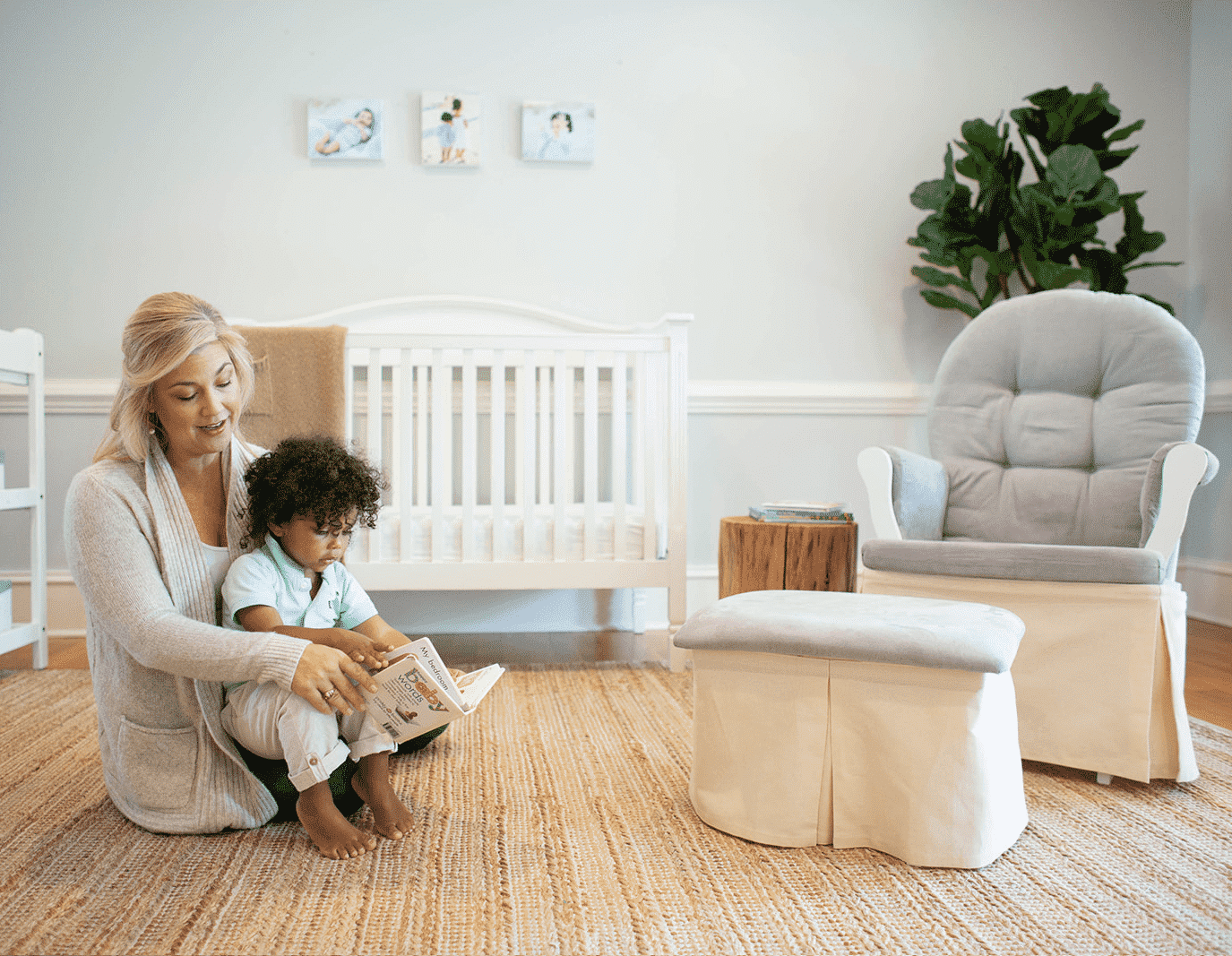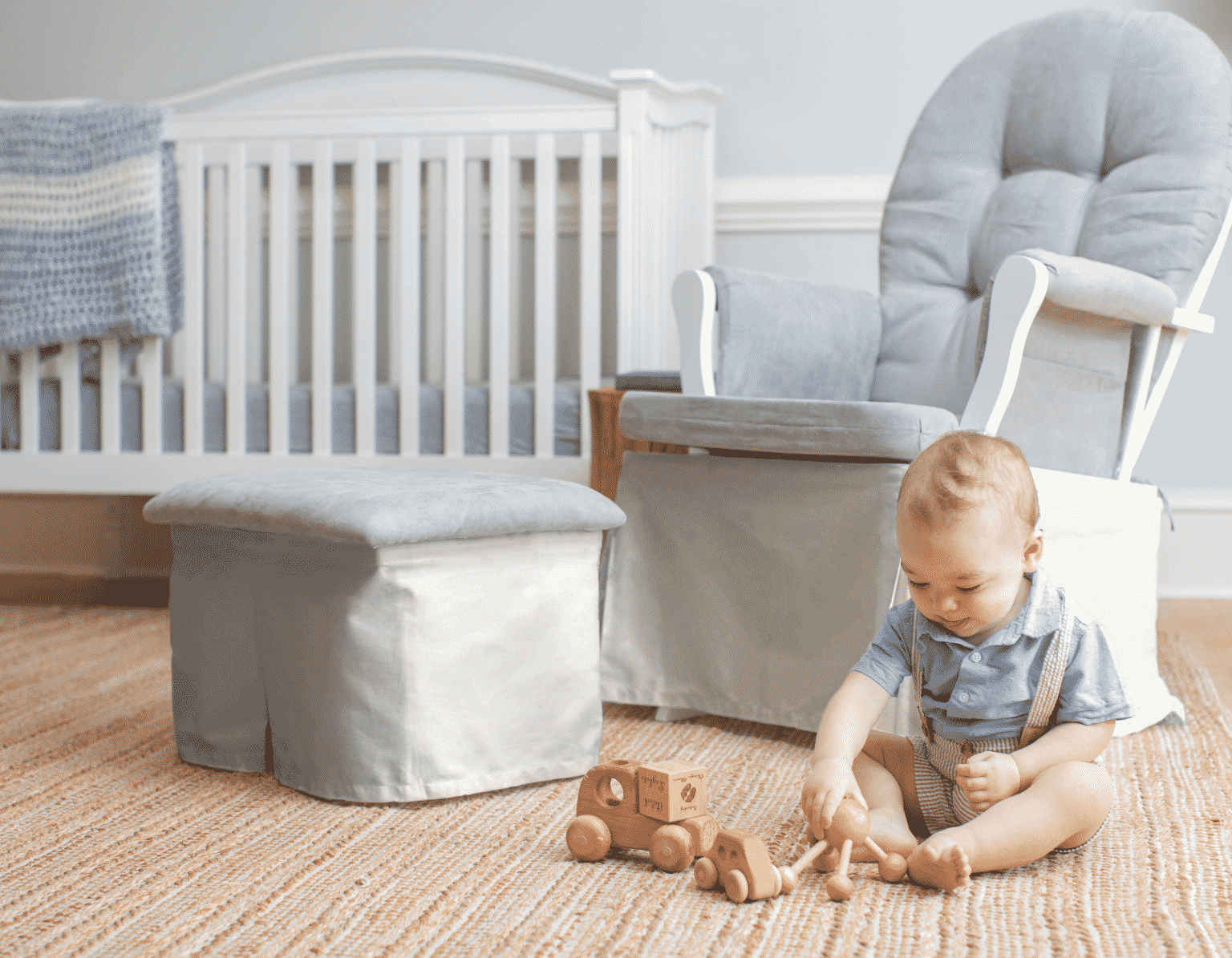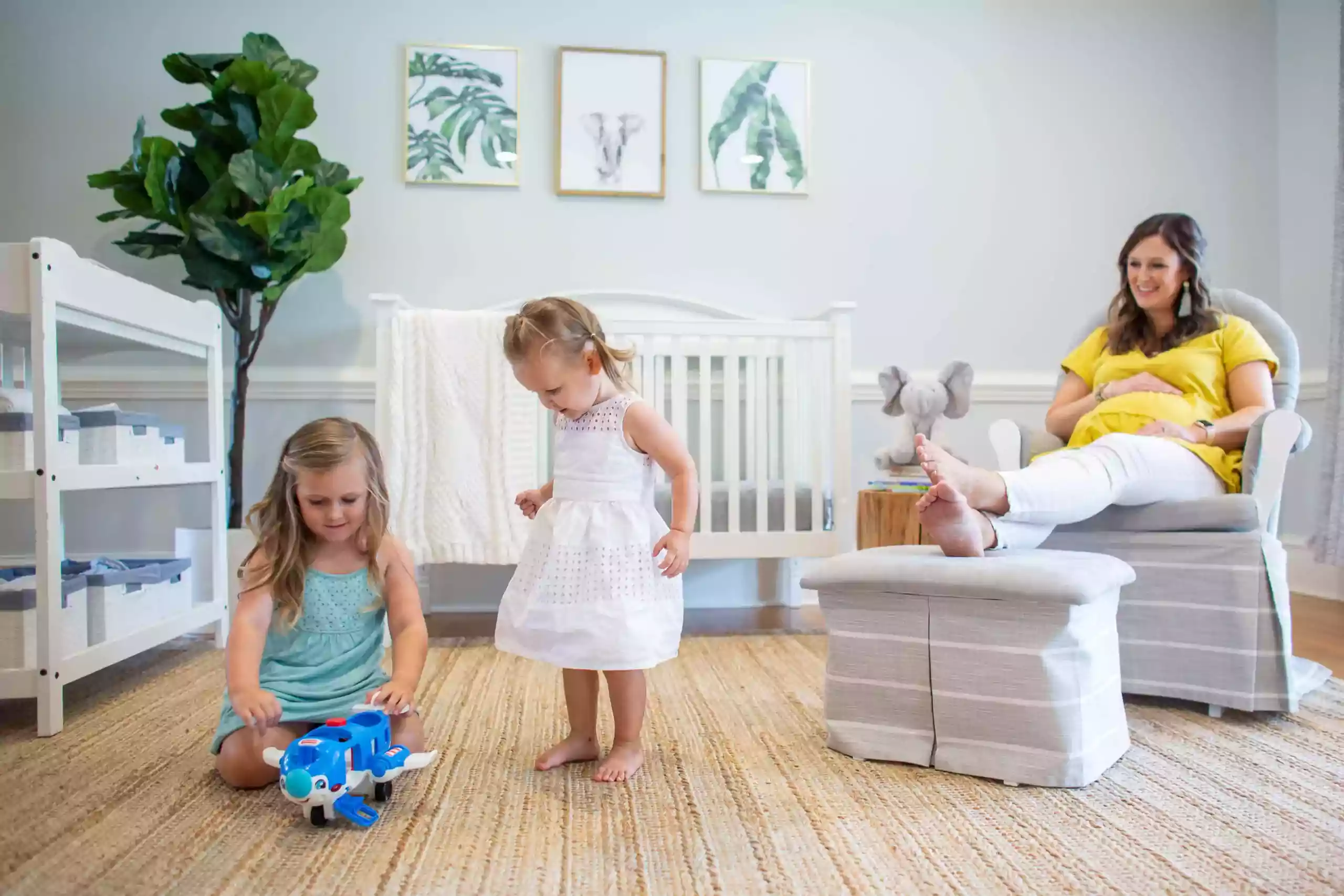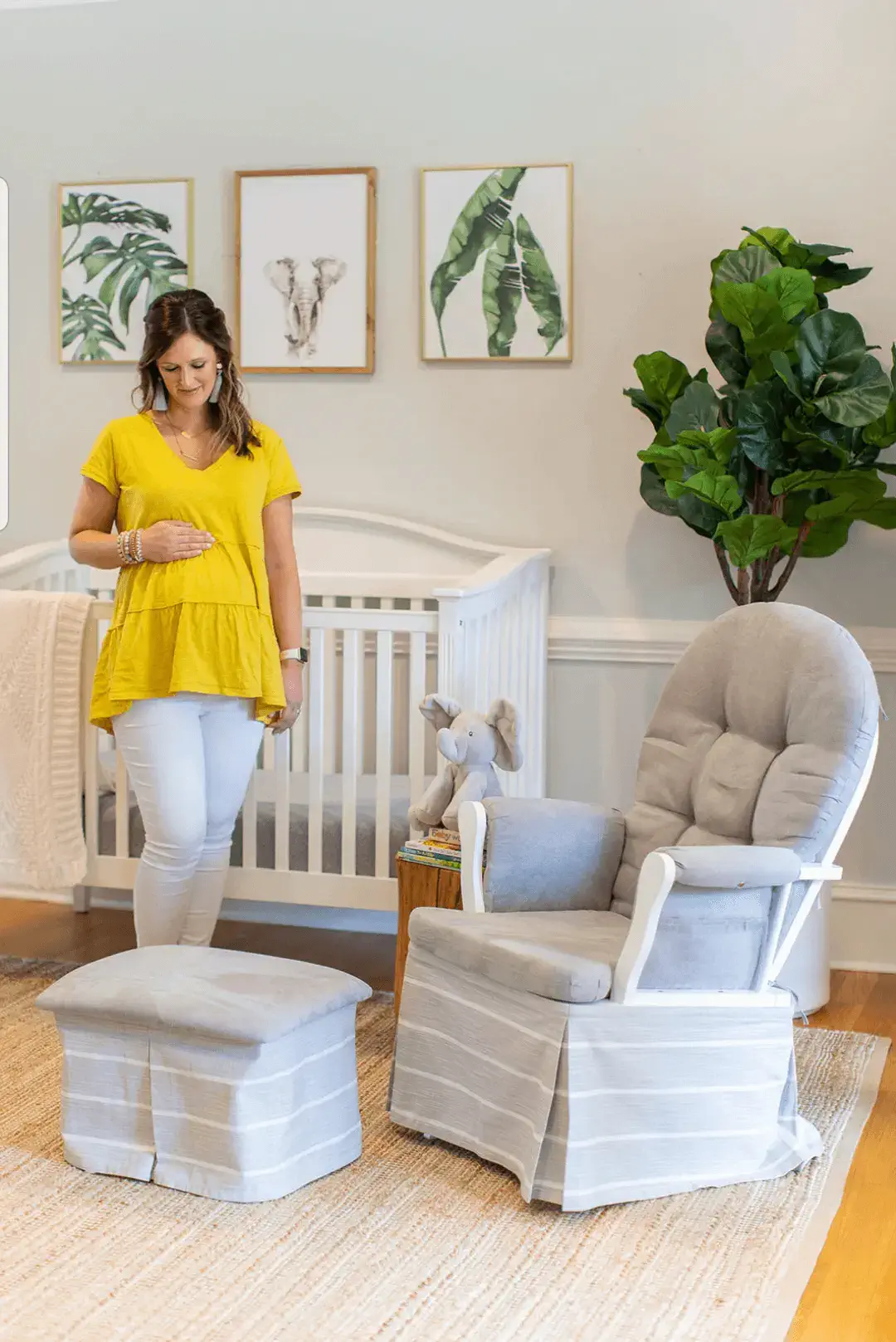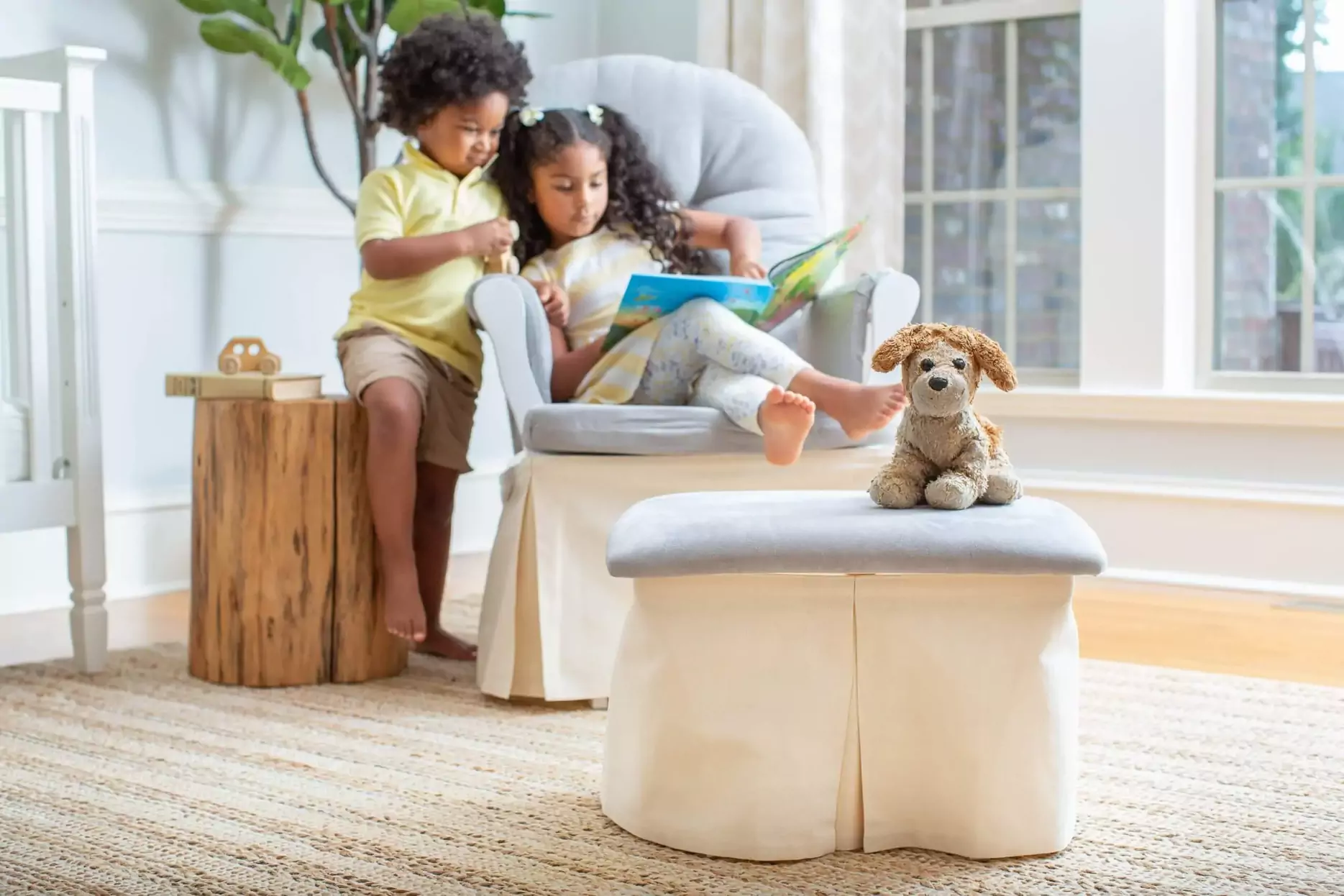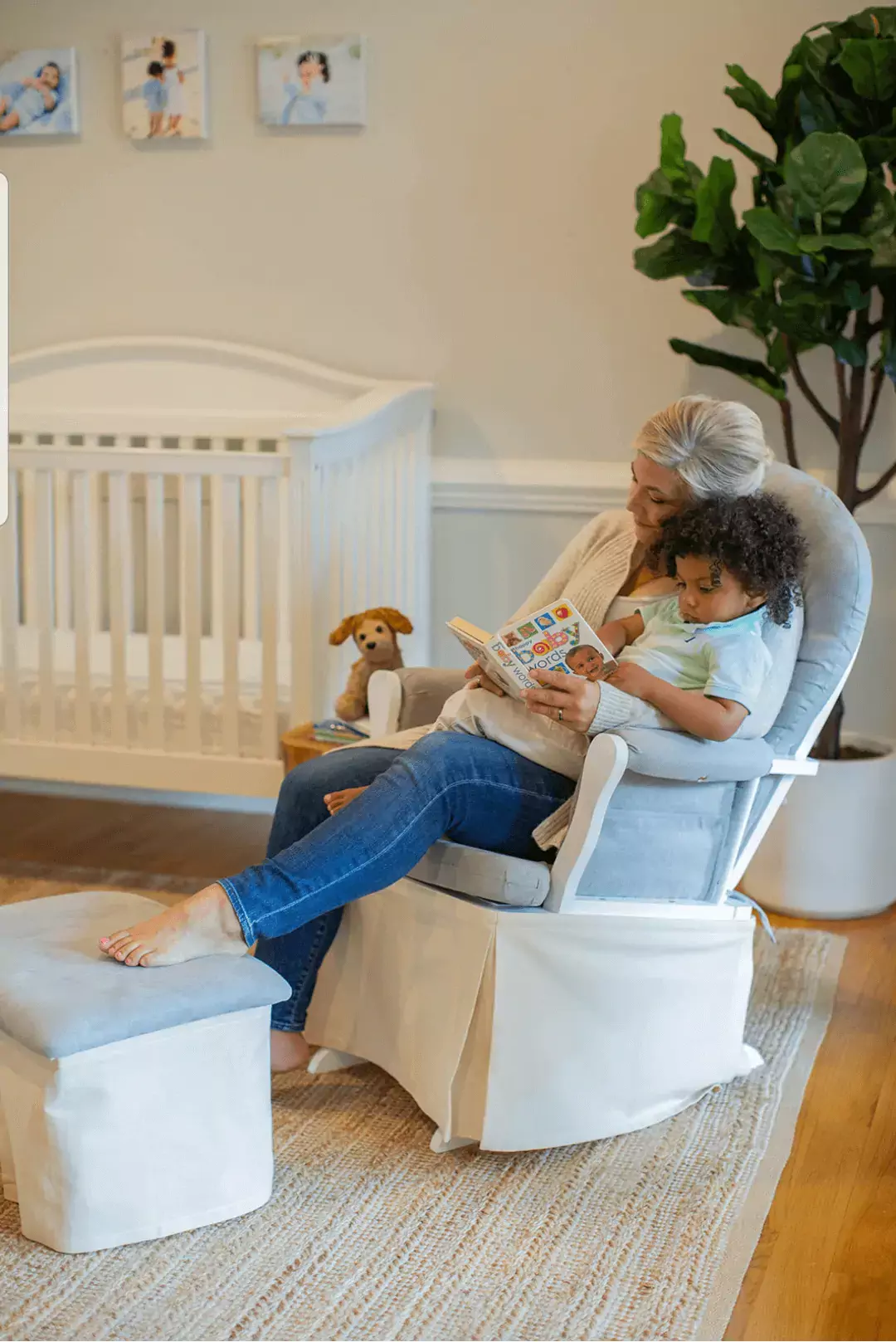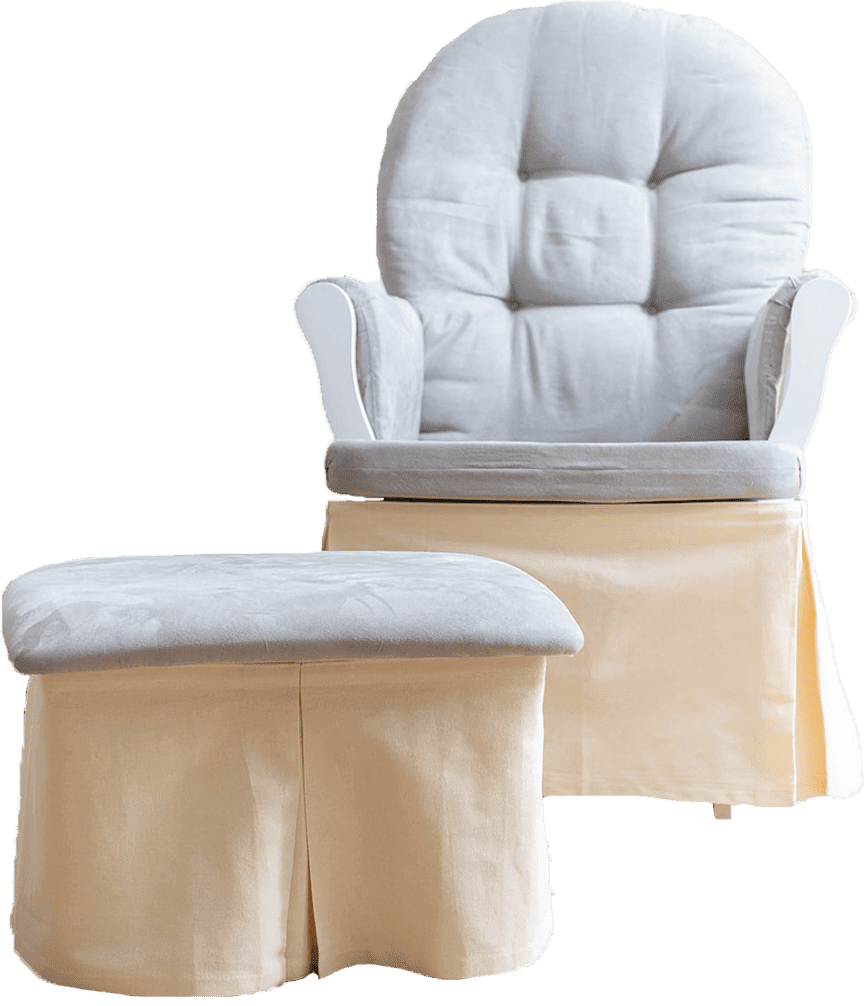Baby Safety In Every Situation: 4 Important Tips
Being a parent is as terrifying as it is amusing. Babies are a blessing but having a tiny, fragile human around you, can also be a little terrifying, especially when you are that small human’s birth givers. It is only natural for parents to be constantly overstressed about their child’s safety and double, triple-check things that have anything to do about their child’s safety.
One of the reasons for keeping a baby safe is so important is that the young ones are more vulnerable and susceptible to infections and accidents because of both, their physical and immune fragility. Every stage of development of babies comes with its own set of risks and vulnerabilities. Therefore, it becomes really important for parents/guardians to take care of their young one’s safety.
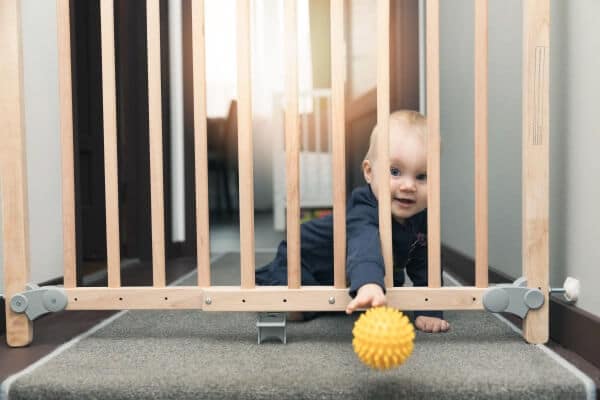
kids safety
Keeping A Baby Safe During Sleep:
Newborns spend anywhere between 12-18 hours of their day sleeping. While it is true that they don’t sleep for long hours at a stretch, but the fact that most of their day is spent sleeping, parents must make sure that they are doing everything they can while their child is asleep.
- Temperature Settings: Make sure the temperature of the room the baby is sleeping in is neither too hot nor too cold. The baby must have a comfortable and dry environment to sleep in. Make sure the crib is placed in a dust-free and smoke-free environment. Oftentimes, the presence of dust can induce allergic reactions in babies. So, make sure, you clean the room and the crib the baby is sleeping in, regularly.
- Co-sleeping risks: While it inculcates a feeling of surety having your child around you while sleeping, it is not advisable. There are very good chances that the parent might roll over the baby or the sleeping position might suffocate the baby. It is always advisable to have a crib in the very same room as that of the parents so that the sense of surety remains and one doesn’t risk harming the child.
- Avoid inclined baby sleepers: In a study conducted, inclined baby sleepers (like Rock N’ Play) have been found to be deadly. Although the famous Fisher-Price product has been rolled back, many such products have been introduced in the market. These inclined baby sleepers have known to lead to positional asphyxia because their heavy heads have a tendency to fall forward.
- Crib Security: It is very important that parents choose their child’s crib properly. It is advised that the parents share the bedroom with their newborn but not the bed. Ensure that the slats of the cribs are 2 ⅜ inches or less apart to make sure the baby’s body doesn’t fit through the gap. Fluffy toys, pillows, bumper pads are known to cause suffocation. Avoid having them in your crib. Moreover, avoid soft bedding, since these are also known for causing suffocation and difficulty in breathing.
- Sudden Infant Death Syndrome: Always ensure that the baby is put down on the back to reduce the risk of the SIDS. Give your baby a pacifier before he goes to sleep to further reduce the risk of SIDS. Ensure that the pacifier doesn’t have any strings attached. Avoid relying on sleep positioners that claim to reduce the risk of SIDS. Ensure that the child receives all its prescribed vaccines on time to further protect her from SIDS.
- Avoid nursing a child on a chair or a couch, if you think, you might fall asleep. Make sure that the baby is always asleep on a flat surface. If you notice that your baby has fallen asleep on a car seat, swing or carrier, remove the baby from that position, if you can and lay her on a flat and still surface.
Car Safety:
Babies are usually at a greater risk of injuries while in a car accident due to their fragility and since their spinal cord and other body parts are not fully developed.
It’s only natural that one would want to keep checking on their young ones while they are driving. However, most newborns have heads disproportionate to their body. This makes falling ahead very dangerous causing damage if facing forward during an accident as their head will fall forward dramatically increasing their severity of the injury.
- Placement of the newborn – It has been observed that children who are placed in front seats or forward-facing seats are more likely to suffer from more serious injuries than children in rear facing seats. A baby riding in the front seat can be seriously injured as the impact of the accident will be maximum on the child. Injury can also be caused due to the passenger side bag. While travelling in the car, make sure that the child sits in the rear seat of the car for as long as possible.
- Safety belts and harness – The baby safety belts must be placed on the baby’s shoulders or just below them. It is advised that the child is not dressed in thick or bulky clothes while traveling in a car. This thick or bulky outerwear might affect the tightness of the seat belt. Instead, put a blanket on the seat belt and baby.
- When there is less than one inch of gap between the child’s head and the near the top of the rear-facing baby seat, that is when the baby is getting too big for the rear-facing baby seat.
- Avoiding the risk of the baby being left in the car: Always make sure that you leave your cell phone or wallet in the rear seat of your car, that way you will always check the rear seat of the car before leaving.
Fall-prevention:
More than 8,000 cases of casualties are reported in the ER every year due to fall-related accidents. Parents should take extra precautions to ensure that the infants aren’t left unsupervised or alone as most of these accidents occur when the parents aren’t around.
- Find the right changing table: There are many aspects that need to be looked into before you find the right changing table. The changing table must have a guarding rail of height two inches around the changing area. The changing area must have a sturdy surface with a slight depression in the center to ensure that the child is safe and remains in the same place. Safety belts are a must to keep the baby secure.
- Placement of Infant Carrier – Always ensure that the baby carrier is placed on the floor and not on a tabletop or any other elevated surface. Also, avoid placing the carriers on the staircase or close to it.
- Prevention of staircase falls: We understand that although advisable, it is close to impossible for parents to constantly supervise their young ones. Babies, when left unsupervised, often get themselves into trouble if not properly secured in their carriers of cribs. To avoid the babies from making their way to the staircase, guard the staircase with a small fence or a gate-like structure. A properly located and structurally sound gate will protect the chances of a fall greatly.
Preventing Baby Accidents:
As a new parent, it is very important to view the world from the baby’s perspective. Things that seem harmless or normal to us can often lead to scary consequences for the baby. In such scenarios, it is imperative for new parents to ensure that everything is double-checked and the baby is far away from any potential danger.
- Dealing with sharp and hazardous objects: Place all the sharp and hazardous objects away from the reach of children. Look for areas or objects that can be softened up. Ensure none of the furniture has sharp edges or corners that can cause injury to the baby.
- Securing the drawers: Make sure that all the drawers have stoppers so that the child doesn’t pull out the entire drawer on himself.
- Baby proof all electrical outlets: A majority of accidents that are reported every year comprise of electrical shocks and burns in infants. We understand that most of the electrical switches, wirings, and outlets that are designed do not consider the presence of a newborn or a baby. Most of the burn and shock injury results from babies poking their hands and fingers into the electrical outlet. One of the easiest and convenient ways to avoid this is by using electric caps and plugs.
- Securing the television: Parents often overlook this aspect, while securing all the heavy furniture and baby-proofing everything in the house, parents often forget securing the television. A significant number of deaths have been reported every year due to falling televisions. Always mount your TV properly to the walls, at a sufficient height, so that it stays out of the reach of the child till he/she becomes a little older. Otherwise, make sure that the television is secured in the cabinet.
- Fireplace Safety: We all agree that nothing is better than a fireplace on a cold winter night. But to ensure that a child’s safety is not compromised, make sure that the child’s access to the fireplace is completely restricted. Fence off the fireplace till the place is being used.
It is no secret that having a baby can be overwhelming and as a parent, the constant fear of your baby getting hurt never really goes away. Your need to incessantly check and re-check everything is normal. After all, as parents, one wants nothing but their baby to be safe. But, amidst all this, don’t forget to look after yourself.
To keep your child healthy and safe, you need to stay healthy and safe. Avoid driving if you are drowsy because you couldn’t catch up on enough sleep because the baby kept you up all night. Don’t skip meals because you didn’t have enough time to cook something for yourself. Plan your day out. Take breaks when necessary. Split duties with your partner. Hydrate. And more importantly, stay happy!
